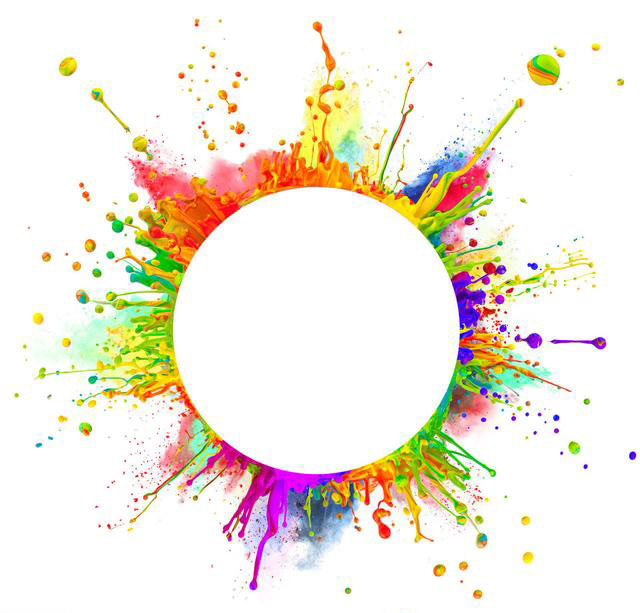The color of the sample printed on the colorful packaging bag is always different from the customer's requirement. What should I do?
Whether it is monochrome printing or color printing of packaging bags, operators need to use their own eyes to repeatedly compare the printed matter with the sample to find the difference between the printed matter and the sample, correct it in time, and ensure the printing quality of the packaging bag. Below, Shunxingyuan Packaging, a professional flexible packaging manufacturer, will discuss how to reduce the color difference in color packaging bags based on the experience of several printing masters in the factory with more than 20 years of experience.
1. The intensity of light directly affects the judgment of the sample color

The intensity of light not only affects the brightness and darkness of the color, but also changes the appearance of the color.
Under standard light source, the same object is a positive color. If the light gradually becomes stronger, its hue will also change to a brighter hue. When the brightness increases to a certain extent, any color can become white.
The reflection point of black porcelain is also white because the light is concentrated at the reflection point and reflects strongly. Similarly, as the light gradually decreases, various colors change to hues with lower brightness. When the light weakens to a certain extent, any color will become black because the object does not reflect any light, which is black.
The sample viewing table in the printing workshop must meet the requirements. Generally, the illuminance must reach about 100LX to correctly identify the color.
2. There is a difference between viewing samples under colored light and viewing samples under sunlight

In actual production, most of the work is done under the irradiation of the power supply, and each light source has a certain color. This brings certain difficulties to the correct judgment of the original or product color. When observing colors under colored light, the color changes are generally the same color becoming lighter and the complementary color becoming darker. For example:
When observing colors under red light, red becomes lighter, yellow becomes orange, green becomes darker, cyan becomes darker, and white becomes red.
When observing colors under green light, green becomes lighter, cyan becomes lighter, yellow becomes yellowish green, red becomes black, and white becomes green.
When observing colors under yellow light, yellow becomes lighter, magenta becomes red, cyan becomes green, blue becomes black, and white becomes yellow.
When observing colors under blue light, blue becomes lighter, cyan becomes lighter, green becomes darker, yellow becomes black, and white becomes blue.
In the printing workshop, fluorescent lamps with higher color temperature (3500K~4100K) and better color rendering index are generally selected as the sample viewing light source, but it should be noted that fluorescent lamps are slightly bluish-purple.
3. The results will be slightly different if you look at the sample first and then the printed matter, or if you look at the printed matter first and then the sample

The feeling is different when looking at a color twice. This phenomenon is called the successive color contrast reaction.
Why does the successive color contrast reaction occur? This is because the color seen first excites the color nerve fibers of that color. When another color is immediately seen, other color nerves are quickly excited, causing a color sensation, while the color nerves of the first color are in an inhibited state after excitation, and the excitation is slower, causing a negative color phase reaction. This reaction, combined with the hue of the newly viewed color, forms a new color, thus changing the color viewed later. Moreover, the changed hue is regular, changing towards the complementary color of the first viewed color.

Long press the QR code to follow, Customize your exclusive packaging
Related Information
Proper use of food packaging bags
What types of clothing packaging bags are there? What is their scope of application?
What is a gusseted bag? What are the benefits of using gusseted bags?







